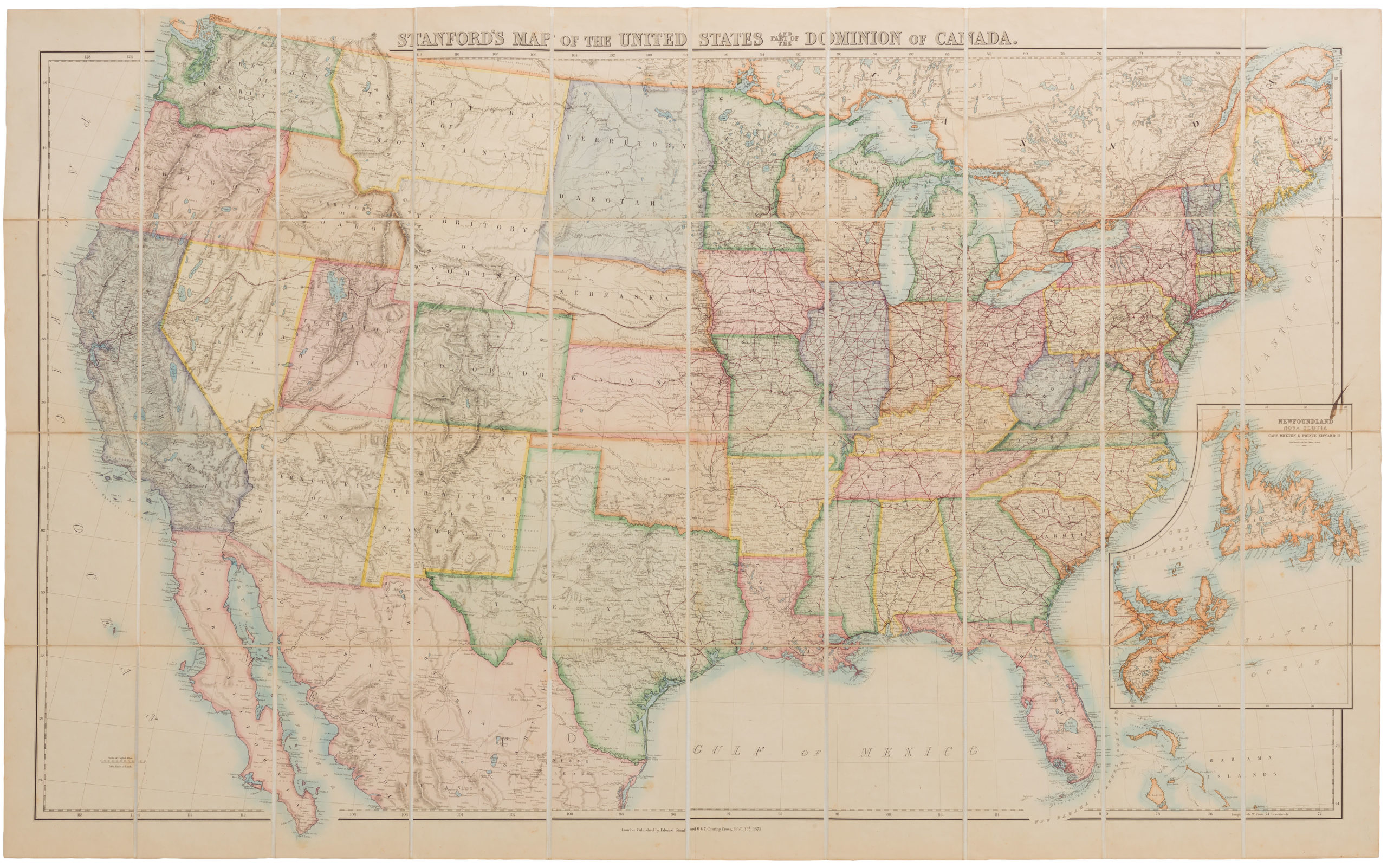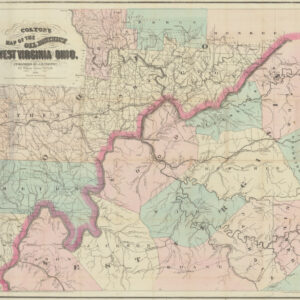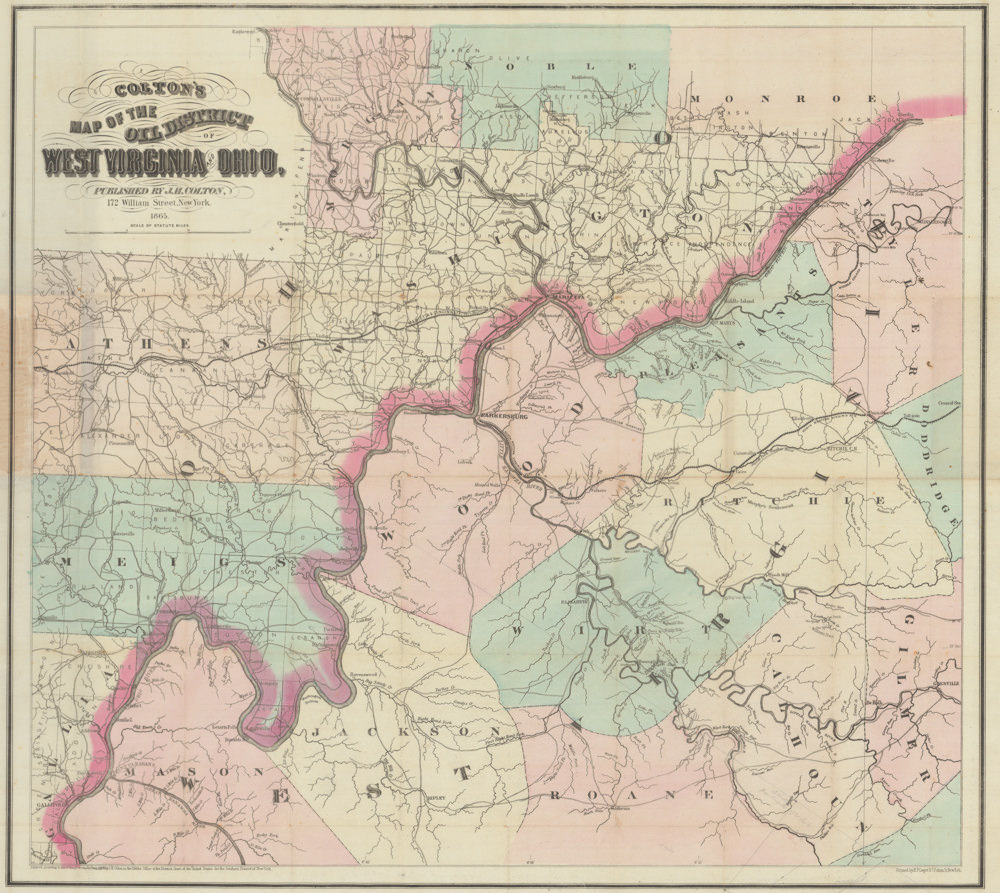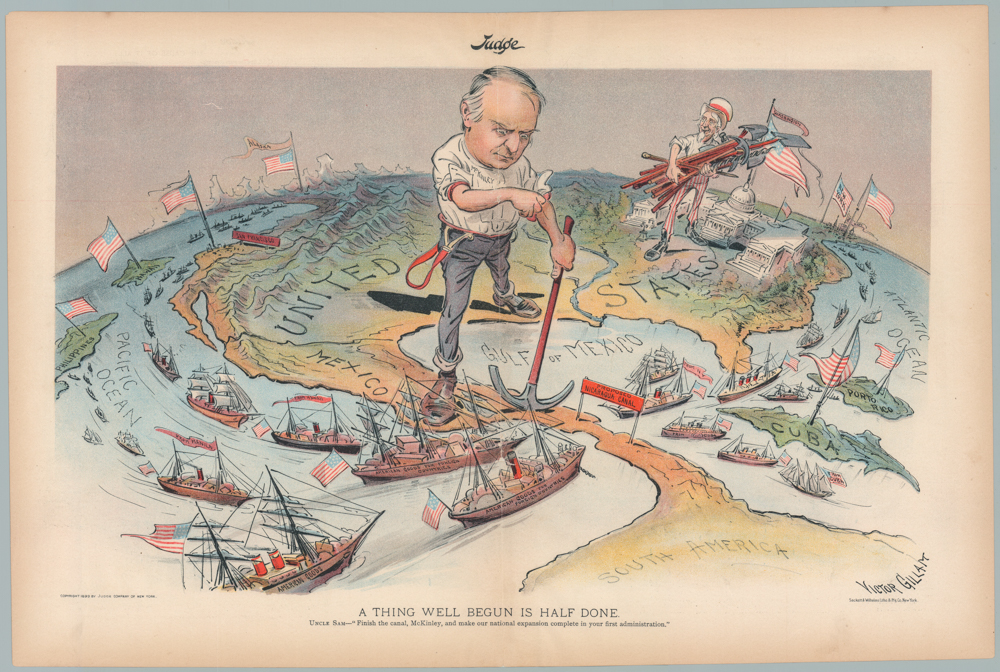Sanson’s landmark 1656 map of America with California as an island. First state, original outline color.
Le Nouveau Mexique, et la Floride.
Out of stock
Description
This is a fine example of the first state of the first large scale map to depict California and the Southwest and the first large format regional map of any portion of North America by Nicolas Sanson, the “father of French cartography.”
This map — Le Nouveau Mexique et La Floride: Tirees de diverses Cartes et Relations (‘New Mexico and Florida: Drawn from various maps and communications’) — was the first European map to concentrate on Spanish territories from Florida to California. It provided a prototype for other mapmakers over the next 50 years. It improves upon Sanson’s renowned map of North America (Amerique Septentrionale) in many ways, adding new designations, amongst them is the first application of the name “ERIE LAC” to a recognizable lake. The Northwest Coastline is substantially revised from his earlier map of North America. The Rio Grande, still mistakenly flowing southwest, includes many new Indian Names not present in the earlier map. The curious peninsula at the top of the Northwest Coast of the mainland (Agubela De Cato) is of unknown origin.
First published separately (as in this example), the map later appeared in Sanson’s atlases and after in composite atlases for the next 70 years. The Pierre Mariette in the title is the son of Nicolas Sanson’s business partner of the same name, who provided the original investment for Sanson’s business, but died in 1657.
The Island of California
Situated prominently on the left side of the map we see the greatest of all cartographic myths: the representation of California as an island. This cartographic enigma, celebrated by many collectors, first occurred on a printed map by Diego Gutiérrez in 1562. The idea developed following early Spanish expeditions up the Pacific coast. In particular the writings of a Carmelite friar, Antonio de la Ascension, seem to have promulgated the impression among Spanish mariners and cartographers, and from here it soon spread to the former Spanish domain of the Netherlands and the rest of Europe.
Before long, California began to appear in different shapes and sizes. By the 1620s, the concept had become widespread, with cartographers such as Henry Briggs (1625), John Speed (1626), Nicolas Sanson (1636), and Henricus Hondius (1650) all incorporating the concept into their maps, so that by the time Coronelli compiled this chart in the late 1680s, the notion had become solidly lodged in the geographical awareness of most Europeans. The notion was so tenacious that even though Father Kino formally rejected it on the basis of personal observation and verification (published in Paris, 1705), it continued to find its way into many maps well into the 18th century.
On this map, the island has been depicted with an enlarged upper half and two deep bays extending into the island from the north. This is the so-called ‘Second Sanson’ or ‘Luke Foxe’ model, based on Nicolas Sanson’s second rendition of the continent in 1657. Earlier versions had not only depicted California more diminutively, but also with a flat top without any bays or inlets. Another important feature both visible and labeled on the map is a small promontory extending out into the Pacific just north of California and labeled Agubela de Gato. This was initially identified by the English explorer Luke Foxe (1586-1635) during an extensive journey to the Northwest Pacific (it is, however, unclear whether he actually sailed as far south as California).
States of the map
There are four states of the map. The states can be identified as follows:
* State 1: Date on the map (1656) and the imprint “Chez Pierre Marriett, Rue S. Iaque…1656.”
* State 2: Imprint reads: “Chez l’Autheu…1656.”
* State 3: Adds an “r” to the word “Autheu,” but retains the 1656 date.
* State 4: Dated 1679.
Cartographer(s):
Nicolas Sanson d’Abbeville (1600-67) was perhaps the greatest cartographer of 17th century France — a period of France’s political ascendancy in Europe and also a period in which French cartographers displaced the Dutch as Europe’s leading map makers.
As a young man, he attracted the attention of Cardinal Richelieu and, in time, became Géographe Ordinaire du Roi for Louis XIII and Louis XIV, both of whom he personally instructed in geography. Under Louis XIII, Sanson became a minister of state. Sanson has become known as the “father of French cartography,” and his influence is such that the sinusoidal projection he employed has become known as the “Sanson-Flamsteed projection,” recognizing the impact of Sanson (Flamsteed was an English astronomer royal from 1675 to his death in 1719).
Condition Description
Wear along centerfold. Original hand color in outline; one or two stray spots.
References







